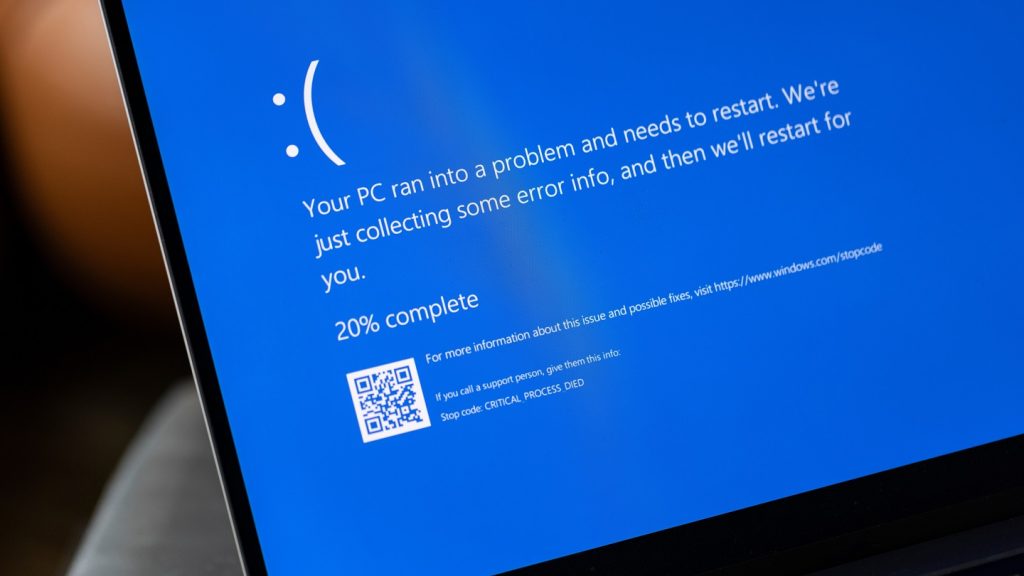Insurers shouldn’t need too much encouragement to look at their claims process or processes. After all, claims remain by far their greatest cost. According to Insurance Europe, the continent’s life insurers paid £626bn in benefits in 2013 (the latest year for which figures are available). Premiums written in the year were 667bn.
Even if firms manage to reduce their level of leakage to just 3%, the cost of inefficiencies, fraud, errors and overpayment of claims for health, life and protection insurers is huge. UK life assurance providers alone detected £12m in attempted fraud in 2013, according to the Association of British Insurers.
In reality, other incidents of fraud are missed, and many businesses experience claims leakage that is well above industry averages.
Added to this, insurers increasingly recognise that claims processing is key to their efforts to improve the customer experience and bolster net promoter scores.
A study conducted by consultants Bain & Company in the US show that loyal customers who promote their insurer have a lifetime value nearly seven times greater than detractors, and two to three times greater than those that are passive.
The demands of insurance customers are also increasing. Research commissioned by DST of 2,000 customers who had made insurance claims in the past decade shows more than one quarter (27%) had changed insurers as a result of a poor claims experience, rising as high as 35% in London. Customers under 34 were most likely to switch.
How well do you really know your competitors?
Access the most comprehensive Company Profiles on the market, powered by GlobalData. Save hours of research. Gain competitive edge.

Thank you!
Your download email will arrive shortly
Not ready to buy yet? Download a free sample
We are confident about the unique quality of our Company Profiles. However, we want you to make the most beneficial decision for your business, so we offer a free sample that you can download by submitting the below form
By GlobalDataThe issues of customer centricity and claims leakage are closely linked, of course. While it’s tempting to see a conflict between the desire to maximise the customer claims experience and minimise leakage, customers’ and insurers’ interests are actually well aligned
As Bain noted, excellent service "does not mean simply offering more generous payment policies". Its survey showed the experience of initially filing a claim often offered a higher potential to delight the customer, than the subsequent payment. DST’s own research shows just 20% say they would always choose an insurer because they have paid out the most claims.
Knowing where to invest in order to achieve these goals, however, can be more of a challenge.
Fitting the pieces together
The claims process involves a large number of touch points that require communication between different parties or systems to move the process forward from first notification of the claim to its ultimate settlement.
Each represents a potential weak spot, where execution gaps, errors and poor communication can result in claims leakage and detract from the customer’s experience. Efforts to improve the claims process must therefore focus on these points.
Two key factors, however, need to be considered. The first is that the touch points are often, if not mostly, digital. Even where the communication takes place by phone or letter, the information exchanged must ultimately be entered in the insurer’s claims processing system. The touch points, and weaknesses, are by and large found in system-to-system communications.
The second is that they are largely internal. Most claims leakage happens inside the walls of the insurer.
Of course, the insurer must coordinate with a number of external third parties, whether lawyers, doctors, employers, agents or underwriters. There are certainly efficiencies and greater control to be gained from better interfaces with these third parties. For example, online portals and collaborative working software tools can significantly improve the visibility and coordination between them.
If parties can update systems and share visibility of the claims’ progress and required actions it helps accelerate the claim, ensure consistent treatment, and keep customers informed.
Similarly, web-enabled claims processing services that enable customers to directly log in, track and progress their claims by providing required information to the insurer’s system, it can both streamline the process and improve satisfaction.
There is, however, little benefit or even possibility of achieving this goal if the insurer’s systems don’t offer the same level of visibility, flexibility and control for those within the organisation.
Claims handlers often face trying to access information from a wide range of different, separate systems to get a complete view of the customer and claim.
Integration between these systems is required not only to coordinate flows and enforce standards across different departments for timely and consistent settlements, however; it’s necessary to ensure claims are prioritised correctly and assigned to the correct process as they come in. That integration is often lacking. As a result, leakage and poor customer service is locked in right at the start of the process, long before any third-parties are involved.
Business risk
There are two principal reasons why the problem persists: The first is that the expense, risk and disruption involved in ripping and replacing existing systems is prohibitive for most organisations. The second, somewhat related, is that insurers (perhaps in view of this) choose instead to direct investments elsewhere, often into training, according to DST’s survey, which also polled 100 insurance staff.
Both are understandable, but may be misguided. It is not essential to replace systems to integrate them and put in place an effective business process management and case management solution.
Using a solution to sit between existing and legacy systems and present a consistent interface to staff, organisation can achieve consistent, compliant control and visibility of the end-to-end claims process.
Moreover, while skilled staff is crucial, an effective solution brings efficiencies through automated processes, visibility of workloads and processing times, and the ability to enforce centralised claims processing policies throughout the organisation.







